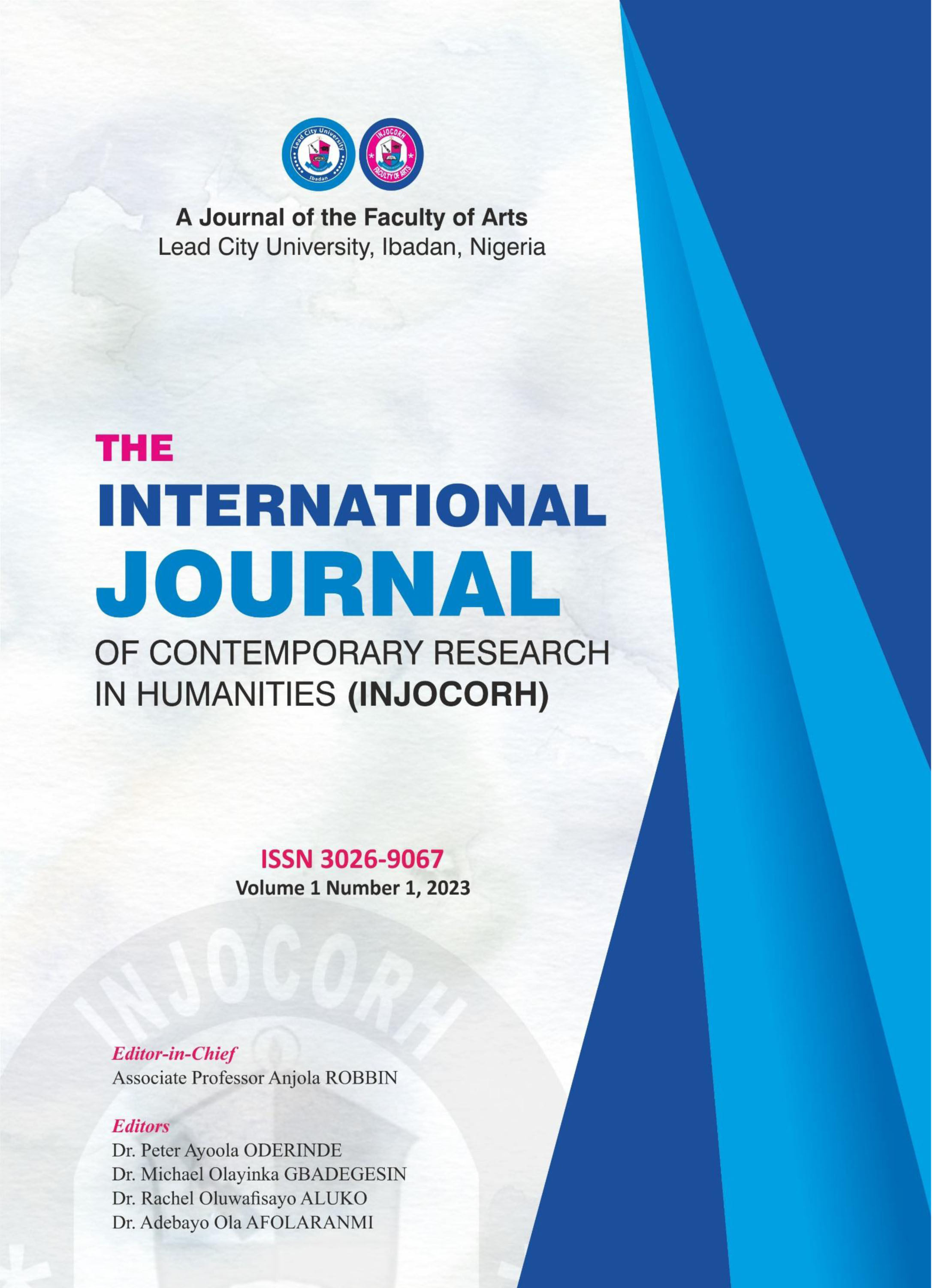The Church and the Fourth Industrial Revolution in Nigeria: An Engagement of Faith and Technology
Keywords:
Church, Faith, Science, Technology, Fourth Industrial Revolution (4IR), NigeriaAbstract
The relationship between the church and science is a widely debated issue over the years. One of the
major teachings of the church is that faith and science are not contradictory to each other and that
science came out of theological cosmology and even works well together, in spite of the conflict model
of science and religion. The last four years 2019 – 2023 have been particularly significant in revealing
the close relationship between Religion and Science. The entire human race experienced the global
covid 19 pandemic and national or international lockdown that resulted from it, with the antecedent
shift to digital ways of living, working and worship. Much scholastic works have been done on the
indebt relationship between Christianity and Science, the trajectory of which involves the beauty and
the ugly. However, the engagement and interface between Christian faith and science in Nigeria
requires a closer attention, understanding and engagement, particularly now that the world has
advanced into the Fourth Industrial Revolution (4IR). The paper adopted the hermeneutic and
historical methods premised on Draper and White’s “conflict thesis” as theoretical framework which
is the series of myths the duo spread about science and religion as irreconcilable enemies. This paper
reveals that science and faith are intertwine complex social and cultural endeavours with
fundamentally separate forms of knowledge on different aspects of life, therefore it encourages the
Church to leverage on the opportunities provided by the current Industrial Revolution and improve on
the interconnectivity in addressing the contemporary social challenges rather than being antagonistic
as it were in the case of Galileo an Italian Christian and scientist found guilty of heresy and sentenced
to life imprisonment in 1633 by the Roman Catholic Inquisition after confirming the veracity of
heliocentric theory of Corpernicus and reporting the telescopic observations of the mountains on the
moon, the moons of Jupiter, the phases of Venus, and the rings of Saturn.

